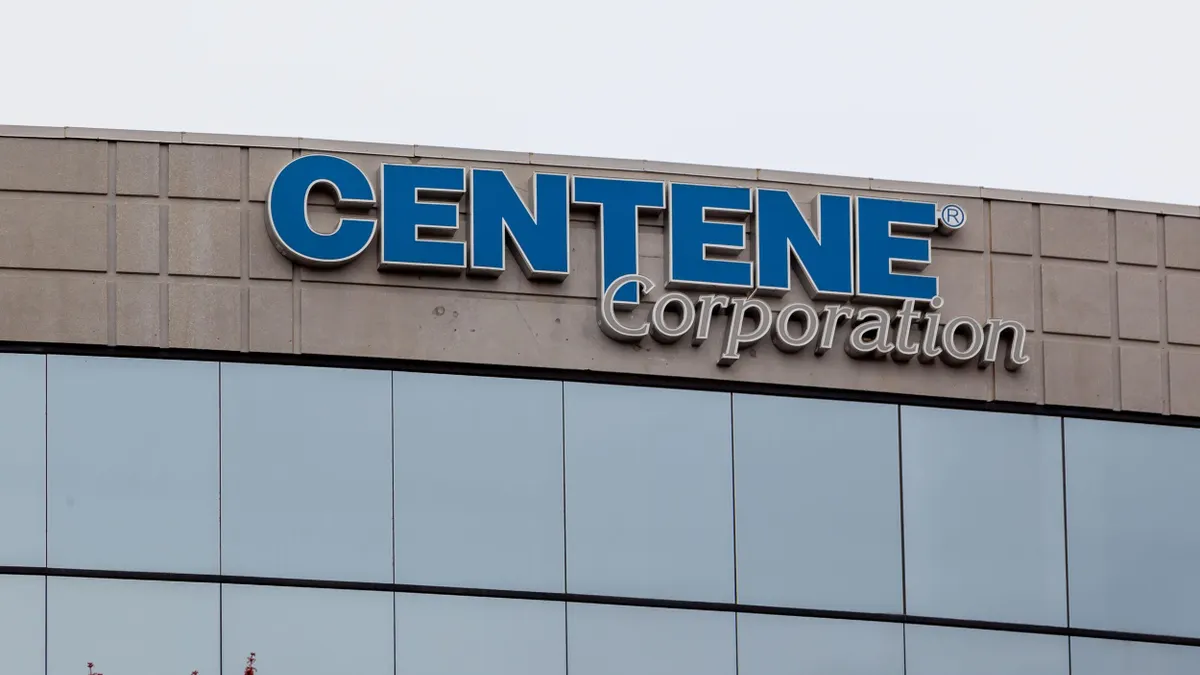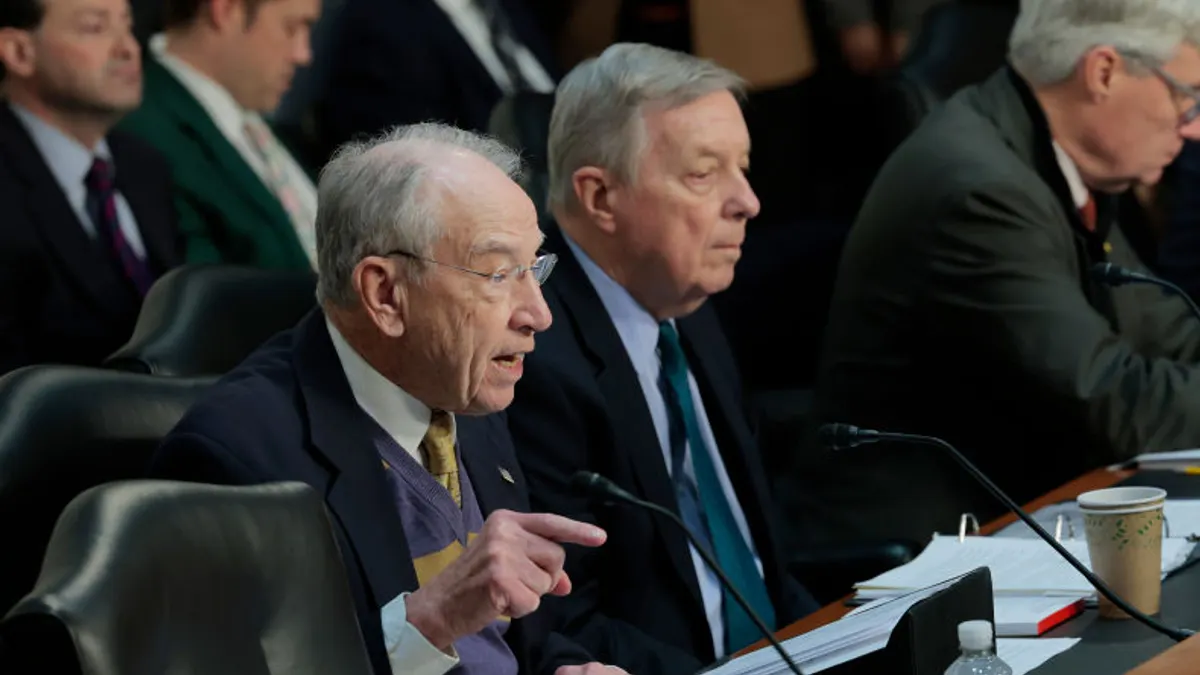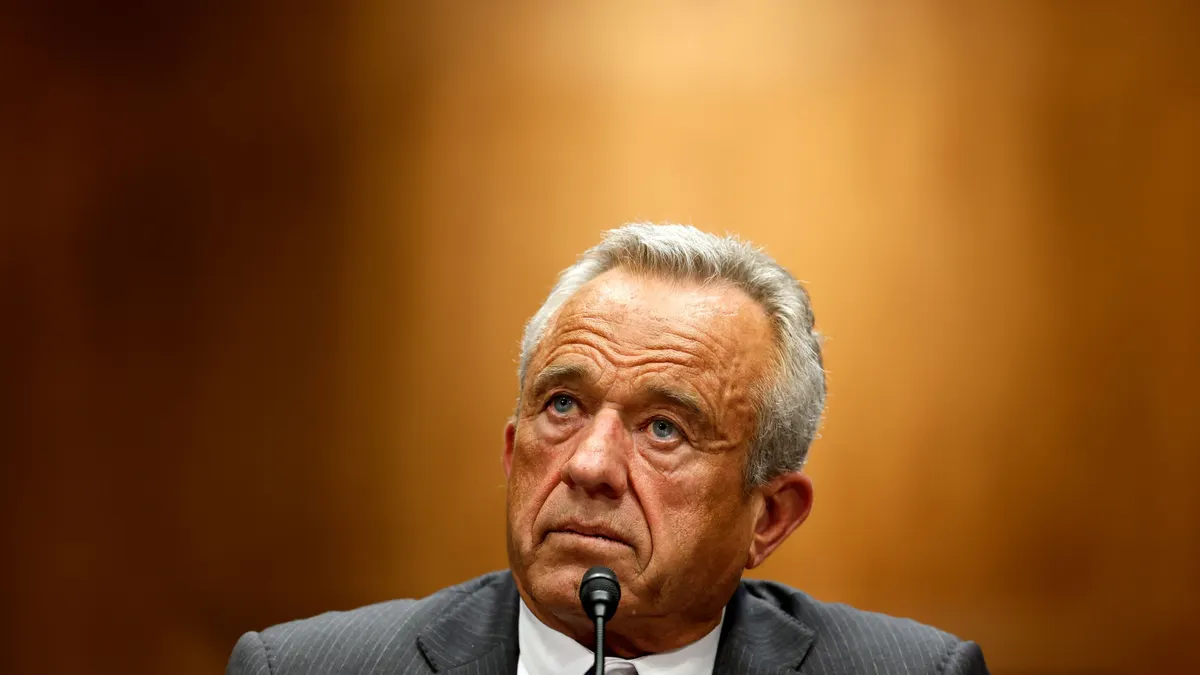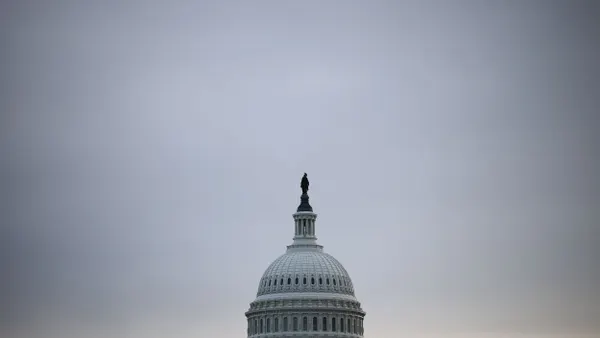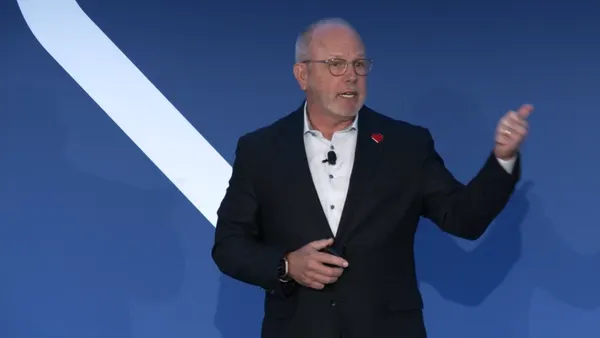Dive Brief:
- Centene posted a net loss of $6.6 billion in the third quarter after recording a massive charge to reflect the company’s waning value amid challenging market conditions, including Republican cuts to the healthcare system.
- Centene recorded a non-cash goodwill impairment charge of $6.7 billion, driving the payer deep into the red. Without the charge, which has no effect on Centene’s cash or underlying operations, the company would have posted a small profit.
- Overall, executives said they were pleased with Centene’s performance in the quarter, including keeping a lid on spiking medical costs in Medicaid and the Affordable Care Act exchanges. Centene increased its full-year earnings outlook following the results.
Dive Insight:
In the middle of what’s turning out to be a fairly mixed quarter, Centene’s results, which outperformed Wall Street expectations, are “fairly positive,” TD Cowen analyst Ryan Langston wrote in a note Wednesday morning.
Though down year over year, the St. Louis-based insurer’s earnings improved compared to the second quarter on an adjusted basis, which companies argue is a better measure of actual performance.
On a non-adjusted basis, Centene’s earnings were overwhelmed by the impairment charge that the company lodged to realign its value on its balance sheet with its value in the market, which has plummeted this year.
In July, Centene’s stock hit its lowest point in a decade after the insurer posted dismal second quarter results, wiping out billions of dollars in value.
The GOP’s so-called “One Big Beautiful Bill” signed into law that same month, which includes sweeping cuts to Medicaid and revamps the ACA in a way that will tamp down enrollment, also affected the company’s goodwill and drove the impairment charge, executives said.
But operationally, Centene is making good progress on its turnaround, executives said. The company’s medical loss ratio, a marker of spending on patient care, was 92.7% in the third quarter, up from 89.2% same time last year but down sequentially and lower than analysts expected.
Utilization remains elevated in Medicaid, Centene’s bread-and-butter business. The safety-net insurance program accounts for 45% of Centene’s almost 28 million medical members and 52% of its $44.9 billion in premium and service revenue.
Medical spending in Medicaid has spiked particularly in behavioral health, home and community-based services and high-cost drugs, according to executives. Insurers say that elevated utilization in Medicaid has been difficult for them to absorb given states’ payment rates are inadequate to cover the trend.
Yet, Centene’s Medicaid MLR improved in the quarter, a bright spot that Centene attributed to better clinical management, cutting abusive providers from its networks and a retroactive revenue increase in Florida.
Advocating for higher rates with its state partners also helped. Previously, Centene expected its composite Medicaid rate to be 5% this year. Now, it expects it to be slightly higher, at 5.5%, CEO Sarah London told investors during a Wednesday morning call.
“We are pleased to be making real progress on our Medicaid margin improvement agenda but we are certainly not declaring victory,” London said.
Given the challenges, Centene expects its Medicaid margins to be flat in 2026.
Utilization also remains elevated in Centene’s ACA business, which covers 5.8 million people, though trend is not surpassing what Centene expected. The company is preparing for a potential uptick in spending in the fourth quarter as ACA enrollees use more medical care ahead of the potential expiration of enhanced subsidies for ACA plans at the end of 2025.
Centene has also hiked rates for its ACA plans for 2026 to reflect heightened utilization and the expected expiration of the enhanced premium tax credits.
Insurers in the ACA exchanges are raising premiums pretty much across the board, preparing for an exodus of healthy and lower-cost members from the ACA exchanges after the subsidies, which made plans significantly more affordable for enrollees, lapse.
On average, Centene secured percentage rate hikes in the “mid-30s,” London said.
The insurer was able to reprice its plans in states covering 95% of its current membership. Where it couldn’t obtain a high enough raise, Centene “took additional actions to minimize margin impact,” London said.
The future of the subsidies is driving the ongoing government shutdown. Generally, Democrats aim to extend the financial assistance as soon as possible, while Republicans argue the issue can wait until the government is reopened.
Ostensibly, Congress does still have time to act — the subsidies expire Dec. 31 — but the longer lawmakers wait, the more difficult it will be for insurers and state regulators to reflect any changes in enrollment portals and in outreach to members who may have been scared off by notices of initial price hikes.
Centene expects its ACA business to run at a slight loss this year. But “while the policy landscape remains uncertain, based on what we know today we believe we have positioned the portfolio well for meaningful margin improvement in 2026,” London said.
Overall, Centene reported revenue of $49.7 billion in the third quarter, up 18% year over year due to premium growth from more members in ACA plans and rate hikes in Medicaid. The company’s loss of $6.6 billion compares to income of $713 million same time last year.
Centene now expects to bring in at least $2 in adjusted earnings per share this year, up from its prior target of $1.75.



